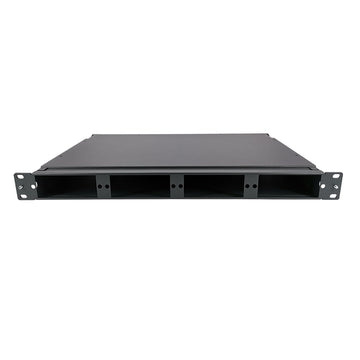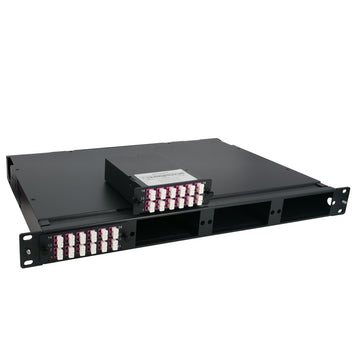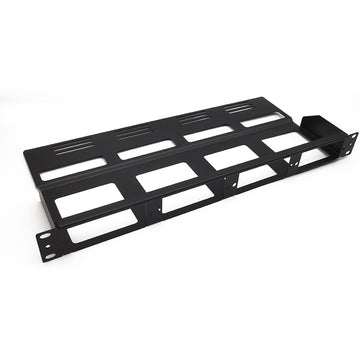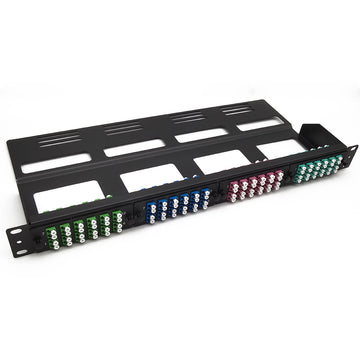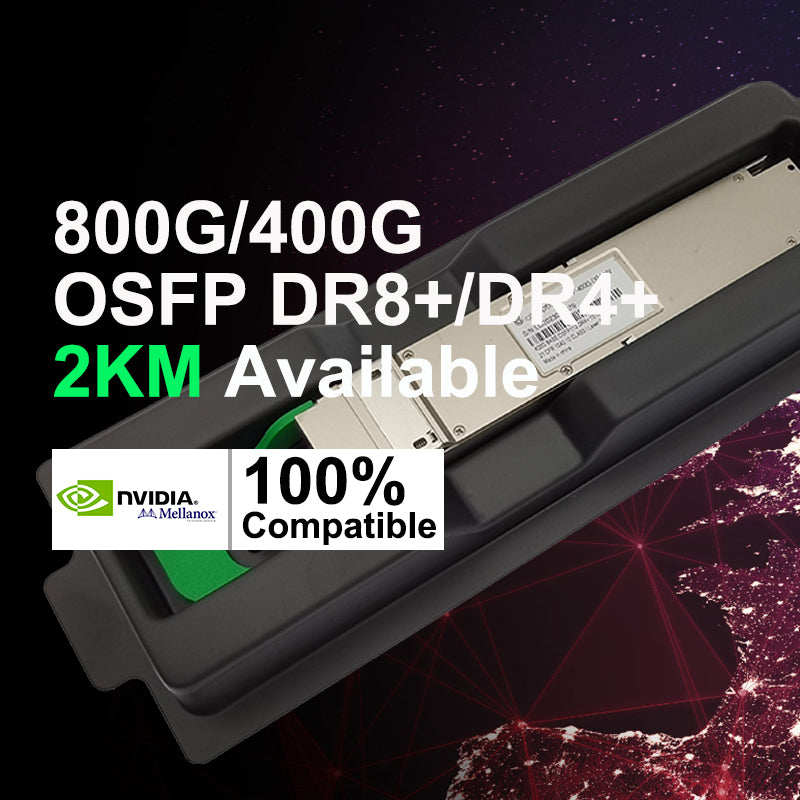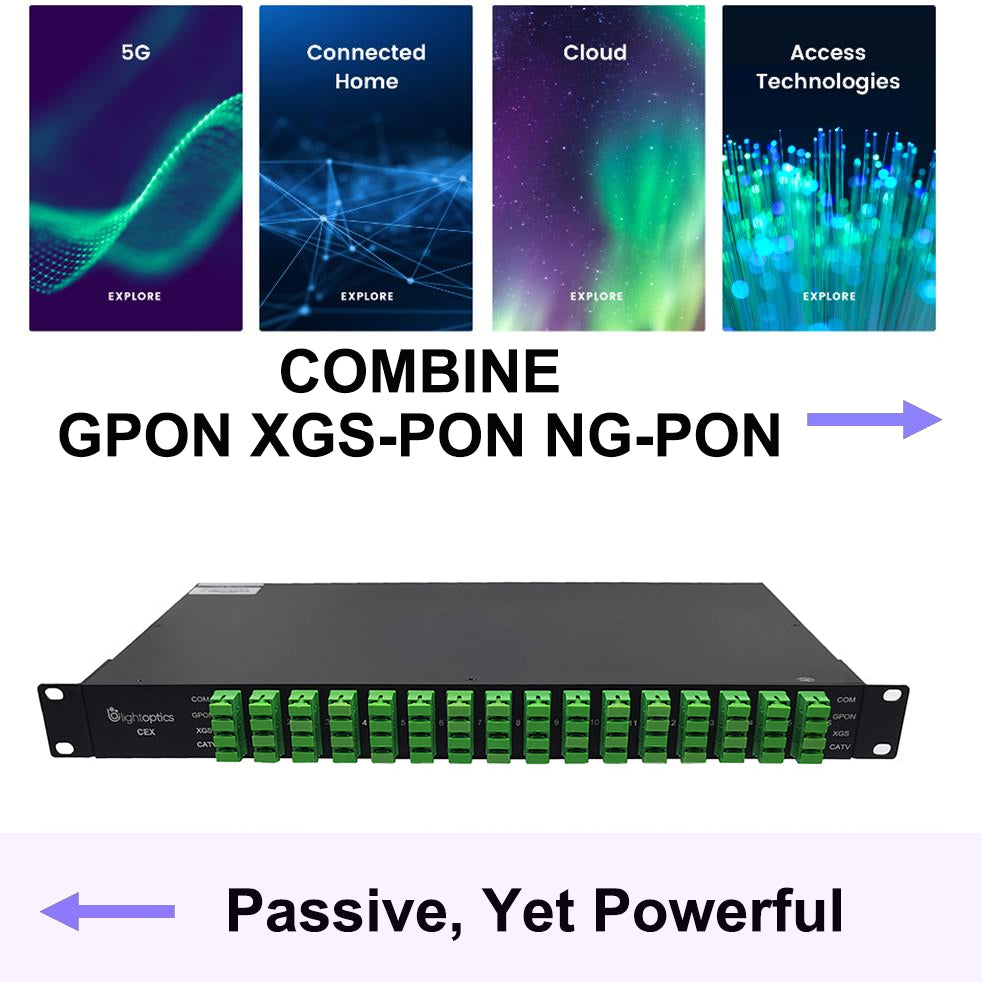An Overview of Wavelength Division Multiplexing (WDM System) and How It Works
What is WDM In Networking
Multiplexing optical signals of different wavelengths into the same optical fiber for transmission, we call the method or technology wavelength division multiplexing (WDM).
Wavelength division multiplexing (WDM) is a technology that combines two or more optical carrier signals of different wavelengths at the transmitting end through a multiplexer, namely a type of wdm equipment, and coupling them to the same optical fiber for transmission; at the receiving end, the optical carriers of various wavelengths are separated by the demultiplexer, and then further processed by the optical receiver to restore the original signal. This technology of simultaneously transmitting two or more optical signals of different wavelengths in the same optical fiber is called wavelength division multiplexing.
Types of wavelength division multiplexing (WDM) system
Opening system:
Generally, WDM systems have (Optical Transponder Unit) OTU to convert optical signals of non-standard wavelengths of client equipment into optical signals with standard wavelengths that comply with ITU-T G.694.1 or ITU-T G.694.2 recommendations.

Integrated system:
Another WDM system does not require OTU. The optical port of the client-side equipment (such as a switch) can be equipped with CWDM or DWDM optical transceivers, and the luminous signal of the client-side equipment is directly connected to the multiplexing and demultiplexing unit (MDU) of the WDM system.

What is a transponder?
A transponder is an active element that sends and receives the optical signal over a fiber. The key differentiators between various transponders are their data rate and maximum signal distance. Transponders convert the short-range SR/LR signal from a fiber optic network switch into a long-range CWDM or DWDM signal. This enables the converted WDM signal to be transmitted using an optical fiber over longer distances and multiple channels with transceivers and multiplexers.
As a result, a transponder is a key element when creating optical networks for demanding environments such as service provider networks and plays a critical role in signal transmission throughout the CWDM or DWDM network.
What is a muxponder?
Similar to a transponder, a muxponder is also an element for sending and receiving the optical signal from a fiber. However, a muxponder also has the capability to combine multiple services into a single wavelength by multiplexing several channels to a higher order signal. This enables more efficient use of the fiber than a transponder but it also means that muxponders can be used even when there are not any DWDM transceiver options. For instance, multiple 32G or 40G signals can be combined onto a single 100G or 200G output.
Transponder VS Transceiver
Transceivers can convert an electrical to an optical signal, but this means you would have to use two transceivers to do the job of one transponder. Also, when using embedded transceivers on each end in this way, there is no guarantee that the data outputted will be identical to the input data. This is where the ability of transponders and muxponders to serve as a re-generator using optical-to-electrical-to-optical (OEO) conversion comes in handy.
This means that the transponder or muxponder converts an optical signal to an electrical signal and then generates a copy of the signal in optical form at a new wavelength. The benefit of OEO is that transponders and muxponders can automatically receive, amplify and re-transmit signals on new wavelengths without any changes to the data carried over the signal at all.
Transponder VS Muxponder
An Optical Transponder Unit (OTU) board converts client-side services into optical signals carried over ITU-T–compliant WDM wavelengths after performing mapping, multiplexing, convergence, and other operations. OTU boards can be divided into Transponder and Muxponder by function, which are abbreviated as TP and MP respectively.
Transponder
N into N out: N * low-speed client-side services to N * optical signals carried over ITU-T–compliant WDM wavelengths.
Muxponder
N into 1 out: N * low-speed client-side services to one high-speed optical signal carried over ITU-T–compliant WDM wavelengths.
Note: Client services are SDH, SONET, OTN, SAN, Ethernet, video, and other services.

What is the difference between DWDM and CWDM?
Coarse Wavelength Division Multiplexer (CWDM) is a low-cost WDM transmission technology for the access layer of the metropolitan area network.
Dense Wavelength Division Multiplexing (DWDM) is to combine a group of optical wavelengths and use a single optical fiber for transmission.
| CWDM | DWDM |
| Wide wavelength intervals (20nm) | Dense wavelength intervals (0.4nm or 0.8nm) |
| Small number of channels (16 channels) | Large number of channels (96 channels ) |
| Technical requirement is low | Technical requirement is high |
| Mainly used on trunk lines, in local networks and metropolitan area networks | Mainly used in the access network of the metropolitan area network. |
| Transmission rate is high and the system capacity is large | Transmission rate is relatively low, and the system capacity is not large |
